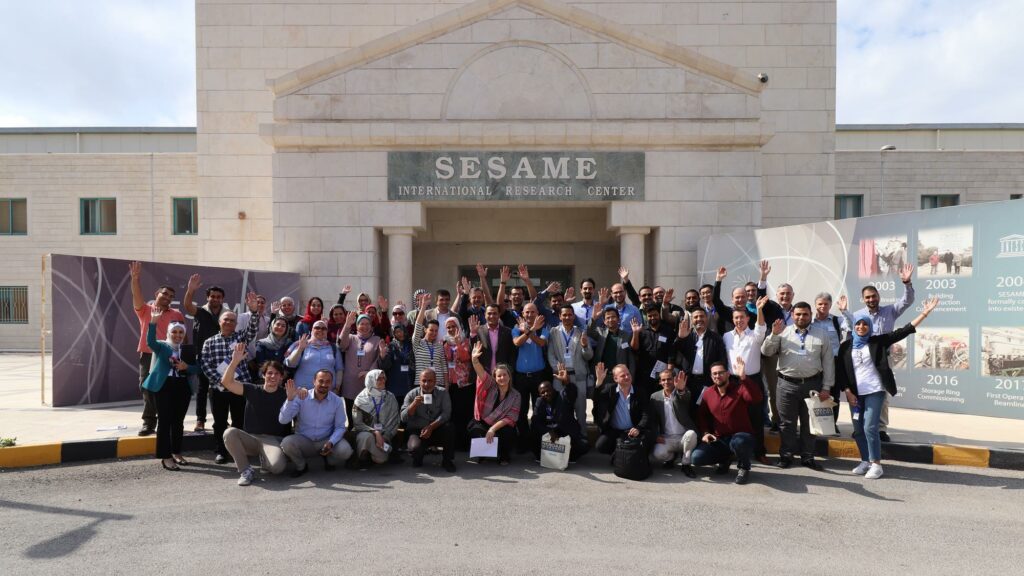Building a world-class research facility in the Middle East isn’t as easy as you would think it to be. Scientists have been trying to convince the governments in the region to put their differences aside and come together to build a particle accelerator.
Cyprus was supposed to hose the first particle accelerator in the Middle East, but their ministers preferred to spend the funding hosting the Miss Universe pageant instead.
What is a Particle Accelerator?
Scientists use particle accelerators to learn about our universe’s origin. With this machine, they can study the subatomic structures of anything and everything around us. The same device is also used in advanced research in different fields like; medicine, industry, and security. (Source: Department of Energy)
How Does a Particle Accelerator Work?
Let’s go back to the basics. We know the smallest unit of matter is the atom. When divided, the atom contains; protons, neutrons, and electrons. Each of these subatomic particles has an electric charge. The proton carries a positive charge, the neutron does not have a charge at all, and the electron has a negative charge.
In a circular particular accelerator, subatomic particles are repeatedly propelled through a pipe. When the particles pass through the electric field and reach their optimum energy level, a target is placed within its path. This is where the particle detector observes the collision. (Source: Department of Energy)
Opening a World-Class Facility in the Middle East
Scientists have been trying to explain the need for a particle accelerator to the governments in the Middle East. They suggested setting aside their differences for once. They could have all parties agree with each other, but they still needed a place to build it.
While the scientists were at a dinner party in Jordan, a man in a tracksuit sat down with them. He listened to the obstacles they faced in building the particle accelerator, and the next thing they knew, the man set a meeting with them and the king of Jordan.
It turns out the man in the tracksuit was actually Prince Ghazi Bin Muhammad. He was King Abdullah II’s trusted advisor. Their meeting with the king led to the building of the Sesame synchrotron. It was tricky to get running, but it is indeed a miracle. (Source: Chemistry World)
What Was Cyprus’ Involvment?
The need for the particle accelerator was clear to the government officials from the start. After the peace treaty of Israel and Jordan, several scientists collaborated with the project. It was called SESAME, the Synchroton-Light for Experimental Science and Application in the Middle East.
There was a thought about making a big instrument for scientists to come together, in the same spirit of how Cern came about after the second world war. It’s a win–win situation. And politicians can understand that – even when Israel and Iran are in the same room. We are very lucky to have a lot of archaeology in the region, and if you want to do something on mummies, or on pieces from the Dead Sea, the costs of insurance and transportation need to be taken into account. In many cases, just travelling by car is an advantage!
Roy Beck-Barkai, Physicist – Tel Aviv University
Despite the interest and the apparent benefits of having project SESAME push through, Iraq, Yemen, Morocco, and Saudi Arabia refused to join the cause. They wanted the benefits but were not willing to do the work. This was when doubt started to cloud over the project.
By this time, the project faces several challenges. Location was the first issue, and Iran offered a place but granting visas to the researchers was quite complicated. Cyprus was considered, but their ministers decided to use their funding for Miss Universe instead.
At the end of the day, the project was based in Jordan. (Source: Chemistry World)
